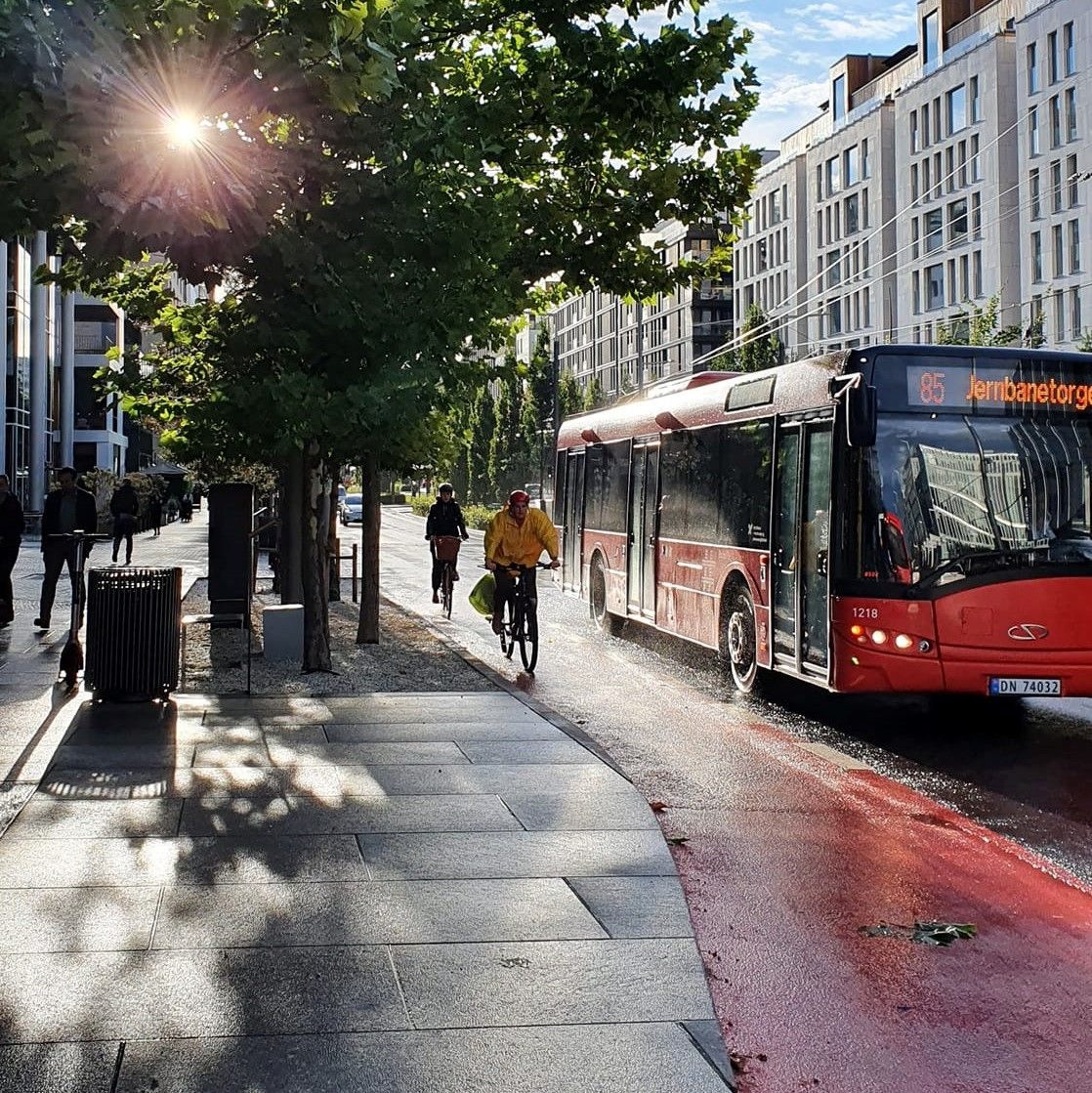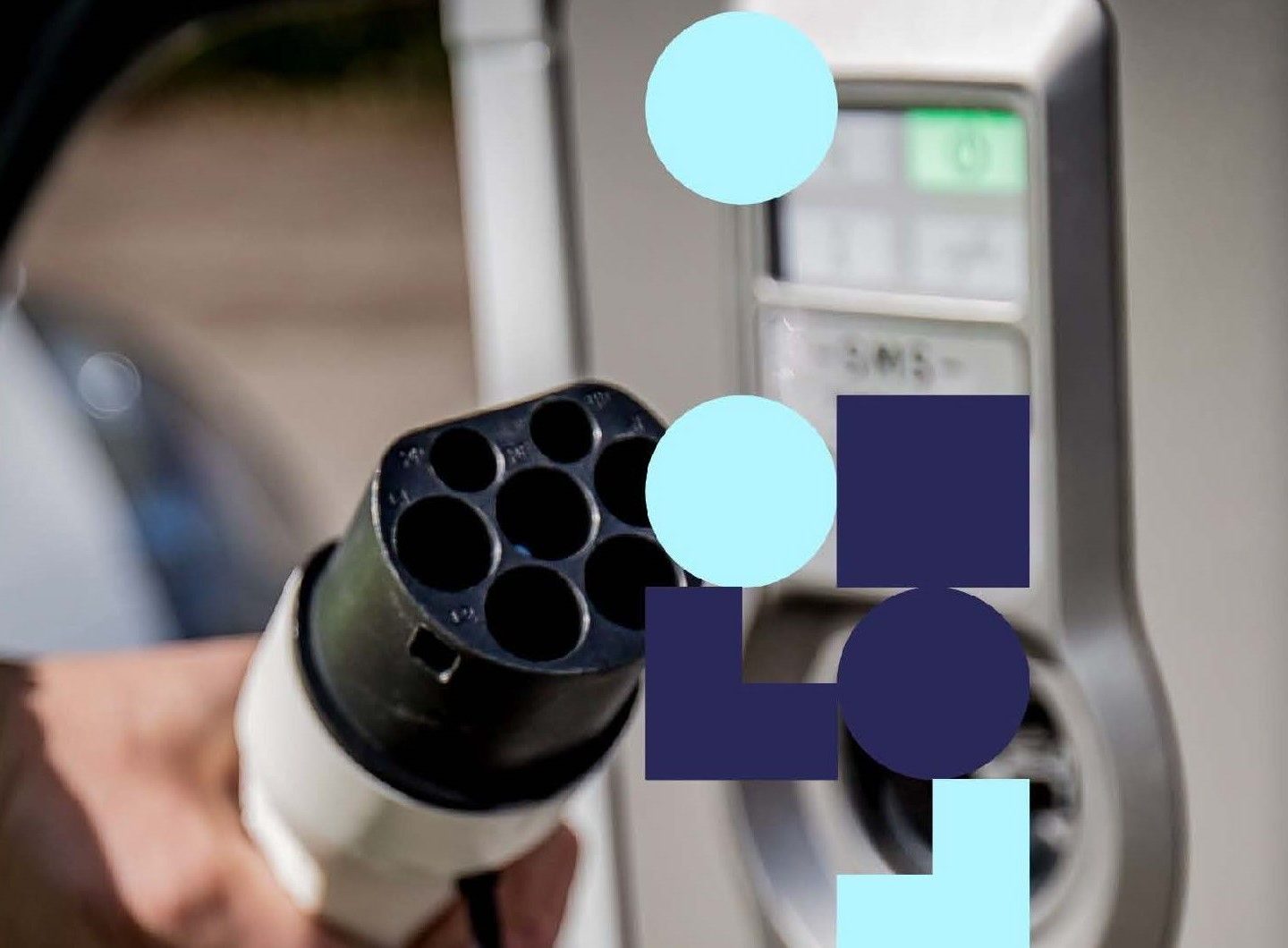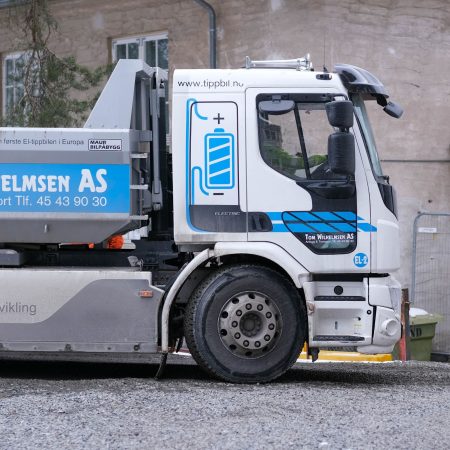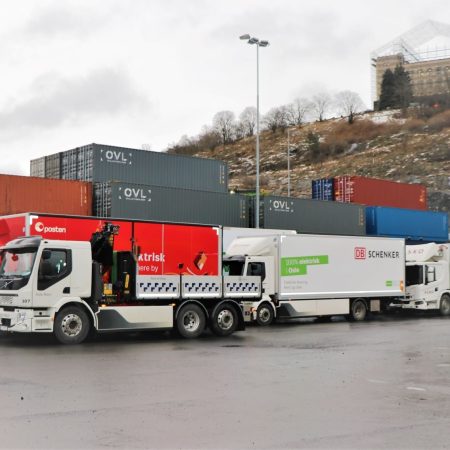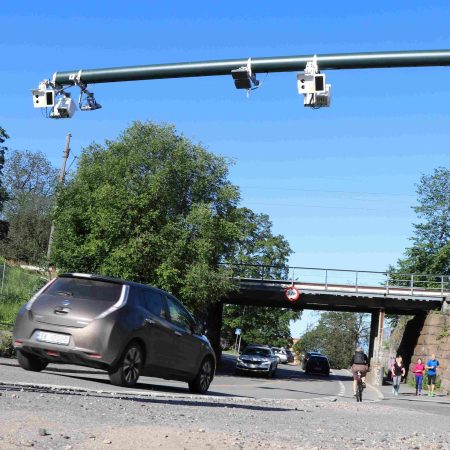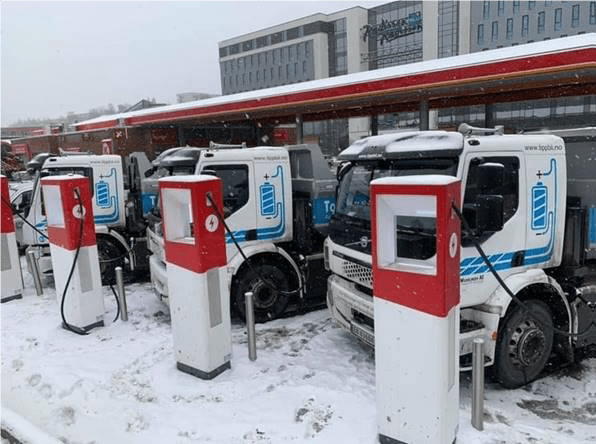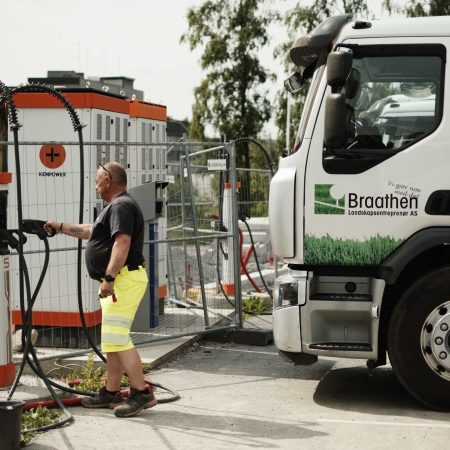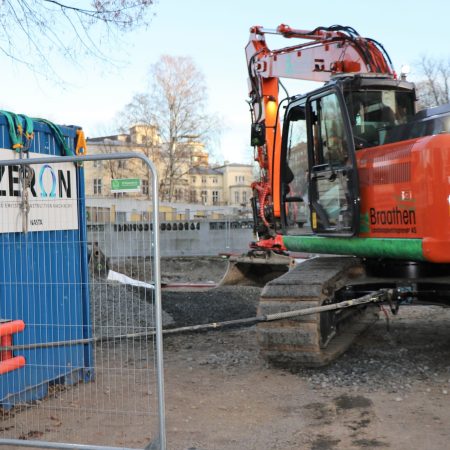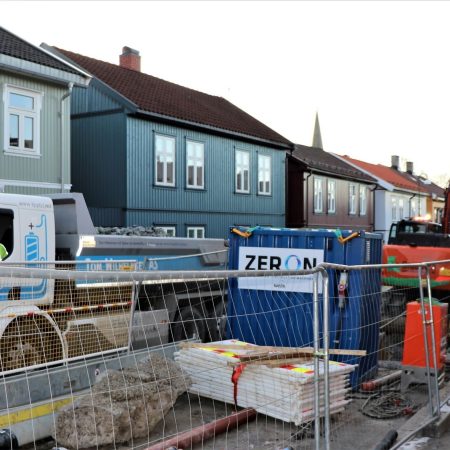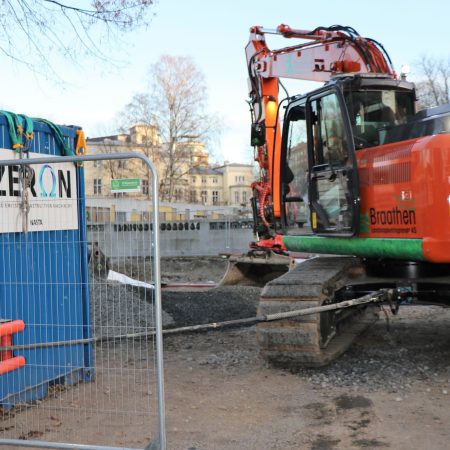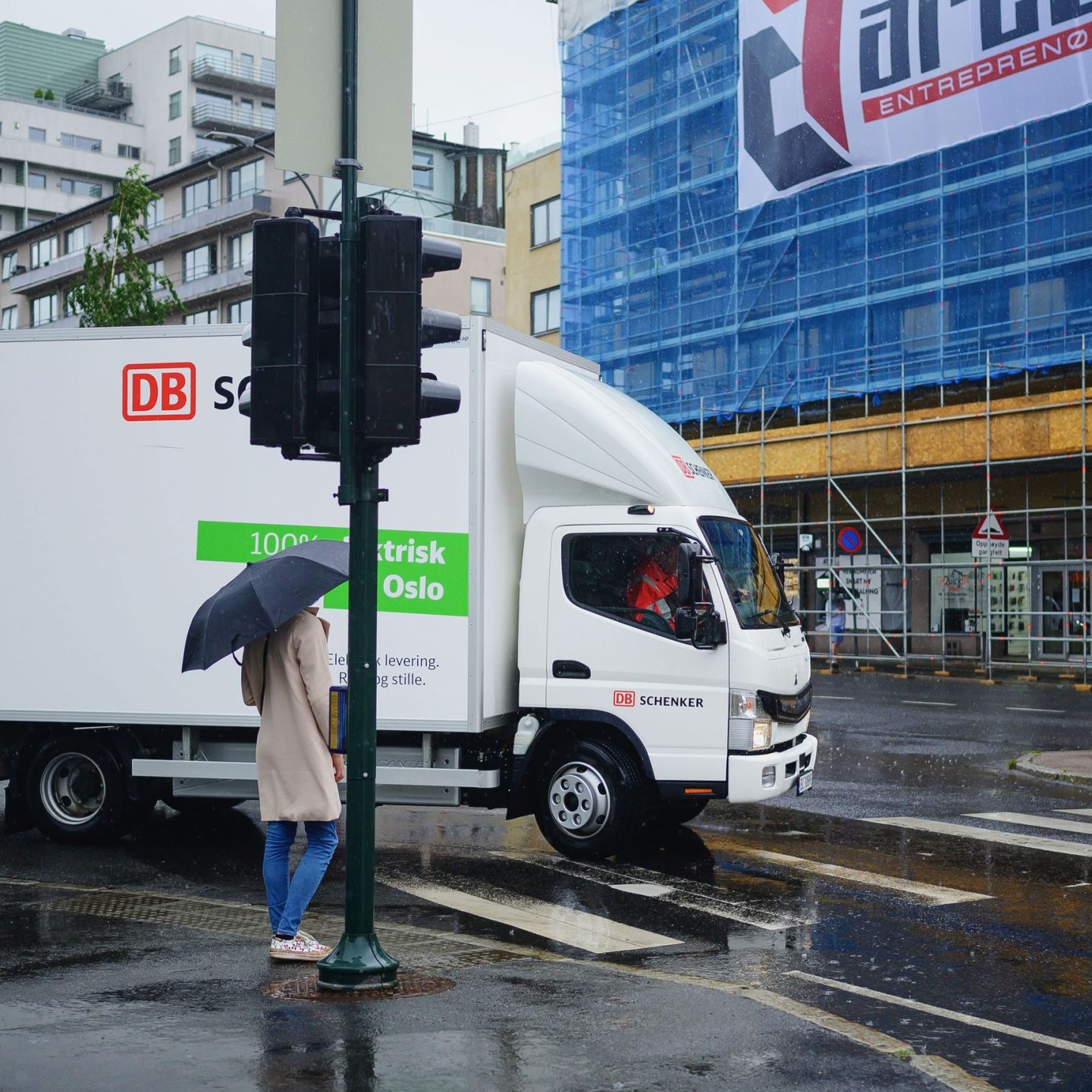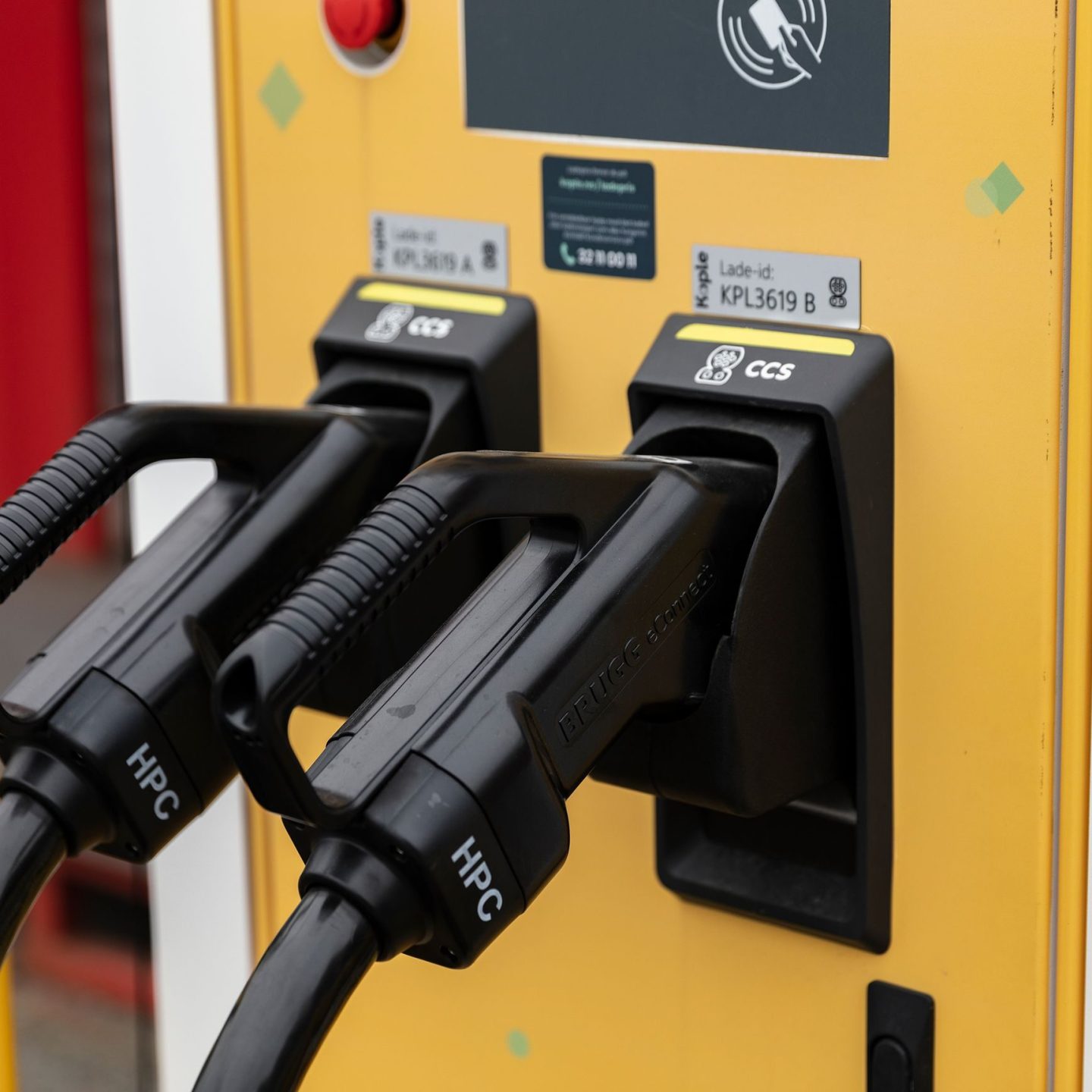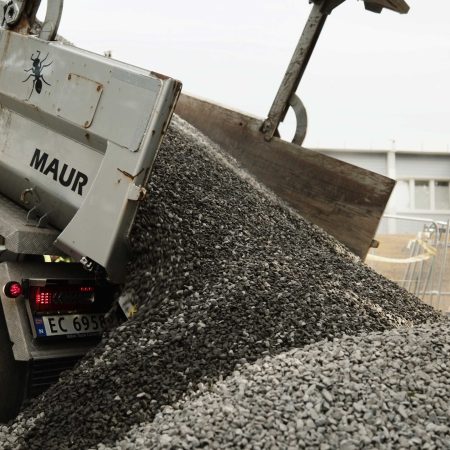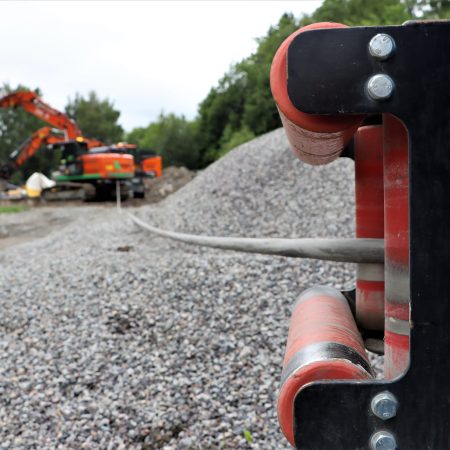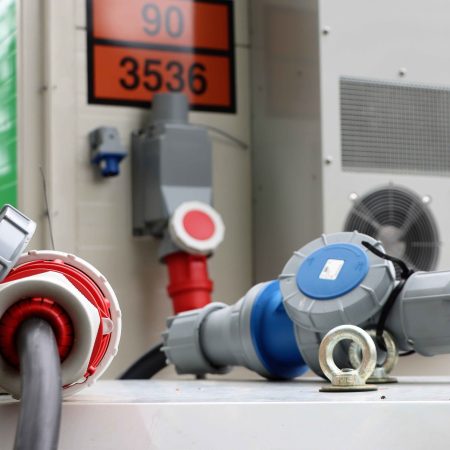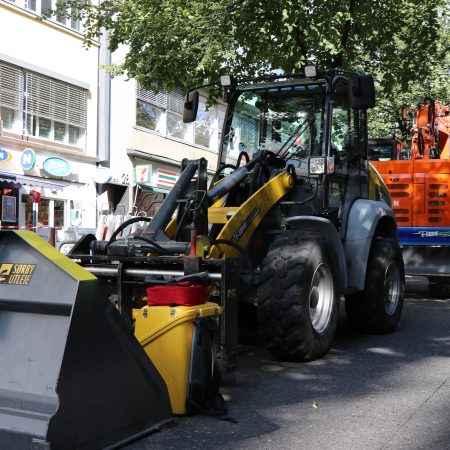The power required by zero-emission construction sites represents a concerning change from that of today’s construction sites. This is because every zero emission construction site, seen in isolation, requires a lot of power. When hundreds of zero emission projects are ran simultaneously, their energy and power consumption will be significant.
This report has looked in to three different scenarios for the future operation of zero emission construction sites; reference, middle and optimised scenario. Regardless of scenario, the power demand that the city has to handle towards 2030 will be very high in the event of a zero emission construction sector. At the same time, there are considerable benefits related to improving the power grids if one is able to use solutions and concepts from the optimised zero emission future scenario and avoid unnecessary charging of electric vehicles (EV) within the construction zone itself. Full optimisation can potentially limit the total increased power demand to 120 MW for the construction and heavy-duty transport sectors. However, this calculation is based on a significant use of alternative energy sources, such as district heating, biogas and hydrogen solutions for energy-intensive work and processes. The estimates for heavy-duty transport represents the estimated power from a minimum level of publically available fast chargers. The power demand of to charge other electric vehicles will come in addition.
The power demand can be close to 750 MW in the middle scenario and up to 1,600 MW in the reference scenario if the construction activity is not organised optimally in relation to the power grid. Both scenarios represent a power demand that is not manageable for either the distribution or the transmission grid.
Different scenarios will require different approaches and varying amounts of charging. As the optimised scenario is the only scenario that can be realised in 2030 from a power grid perspective, this is the scenario used as a basis for the assessments of charging infrastructure.
There is a high degree of assumed simultaneousness to the construction projects. In principle, each of the 300 ongoing zero emission construction projects has to be able to charge its electric machines. This means a minimum of 300 fast charging stations with an average maximum power demand of 300 kW. Larger construction projects will have higher demands, whereas smaller projects need less power.
Despite depot charging being the main energy source for heavy vehicles it is important with adequate amount of public available fast charging stations along highways in the city.. A condition in the optimised scenario is charging of heavy-duty vehicles outside the construction area. Therefore, the industry depends on good depot charging and a very good network of fast chargers fitted for heavy vehicles. This report recommends thirty-two fast chargers with high power (up to 1 MW) in order to enable effective electric heavy-duty transport to and from zero emission construction zones. These should be spread along the main roads in all directions going out of the city. As many vehicles are expected to be charging simultaneously, it will be necessary with a higher capacity than what would otherwise be needed when establishing new infrastructure.
To sum up, Oslo municipality has to facilitate for a vast, publicly available fast charging infrastructure that is catered towards the construction sector and heavy-duty transport. This is considered a prerequisite in order to achieve sufficient change to reach the 2030 climate targets. However, it is important to make sure that it is possible to charge commercial vehicles at home or on terminals / depots to avoid unnecessary and costly development of fast chargers in the city.
Even in the optimised scenario, where the power demand increases with 120 MWthe electrical grid is expected be put under significant pressure. Improvements in the electric power distribution can be time consuming and costly for the customers, while upgrades on the electric power transmission are lengthy processes and work that can take up to ten years. To avoid a scenario where limitations of the electrical grid prevents the the City of Oslo from reaching their climate goals, the municipality is recommended to enter into dialogue with Elvia (distribution grid operator) and Statnett (Norwegian transmission system operator). This report recommends that the municipality gather documentation that displays plans for sufficient and timely capacity of the grid to be able to handle the expected energy demand from zero emission construction activity and heavy-duty transport.
One of the most important prerequisites for an expedited development of new charging infrastructure for heavy-duty transport and construction zones in Oslo, is the establishing of well-functioning routines and processes for mapping grid capacity and new potential power connections.The municipality of Oslo can consider involving one or more companies that map and potentially make early investments in grid capacity improvement on behalf of construction clients, contractors or charging operators. This will avoid lengthy processing times and ensure transparency surrounding the prerequisites for establishing new infrastructure. Consequently, this will contribute to faster and better erection of charging networks for heavy-duty transport and the construction sector in the city.
The charging operators are often going to perceive the cost of investment of establishing new fast charging infrastructure as substantial. In such cases, support schemes related to grid capacity improvements can be enabling. For the construction sector, however, the support schemes are less significant, as the construction project costs in most cases far exceed the costs related to grid capacity upgrades (~100x).
Fast chargers dedicated to heavy-duty vehicles, with a varying load throughout the day can experience that power tariffs will equate to up to half of the energy costs. There exists some grid tariff solutions to reduce the tariffs substantially, but it is unclear whether this is considered attractive to the charging operators. For the construction sector, the grid tariffs will not be a particularly significant part of the collected energy costs.
The City of Oslo should, along with the grid operator, contractors and charging operators, look at whether new, alternate solutions for grid tariffs and power tariffs can be arranged effectively and to avoid limiting new infrastructure development.
